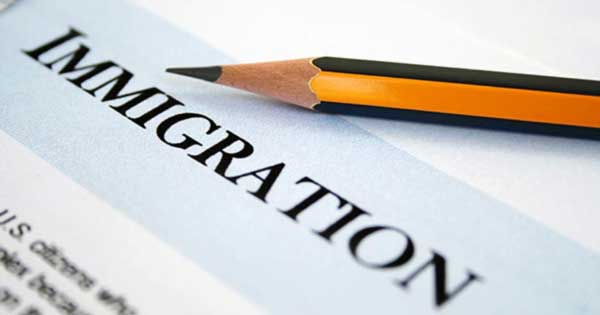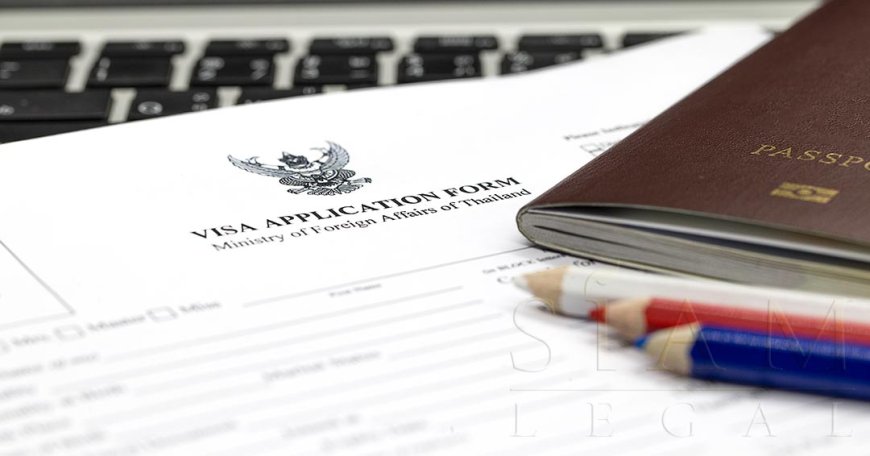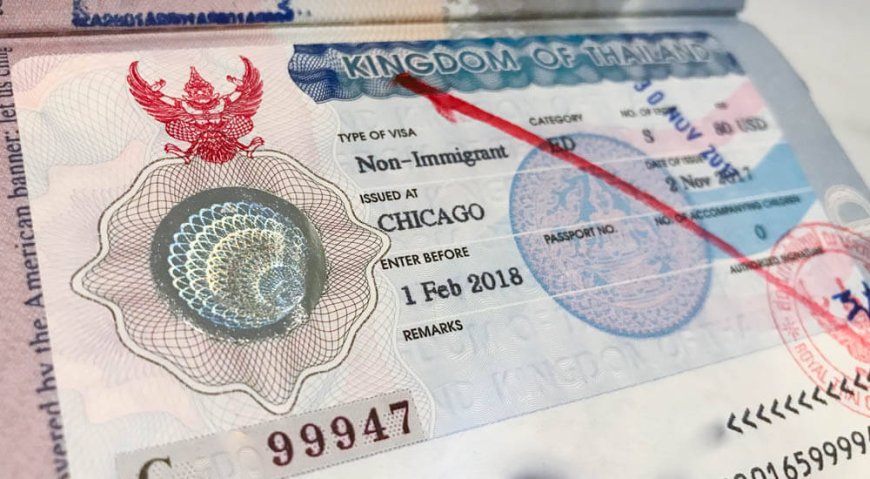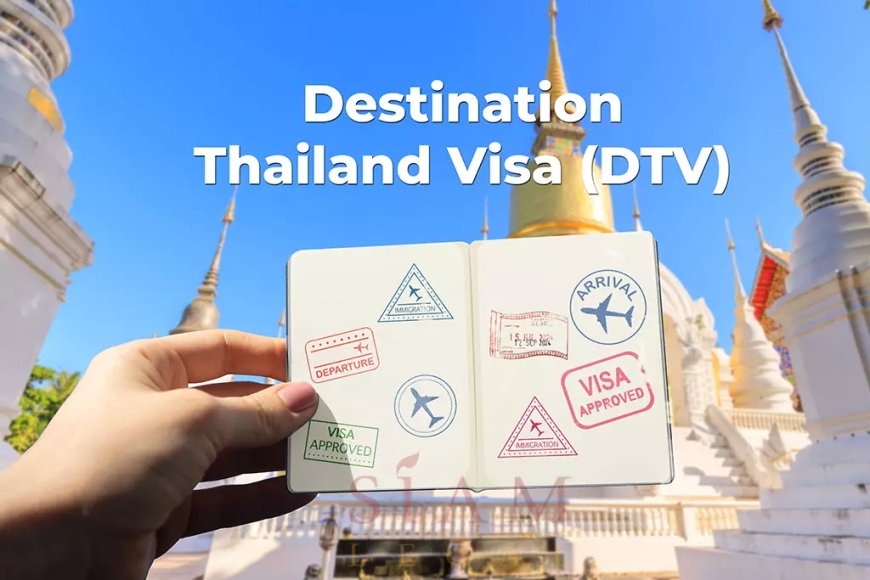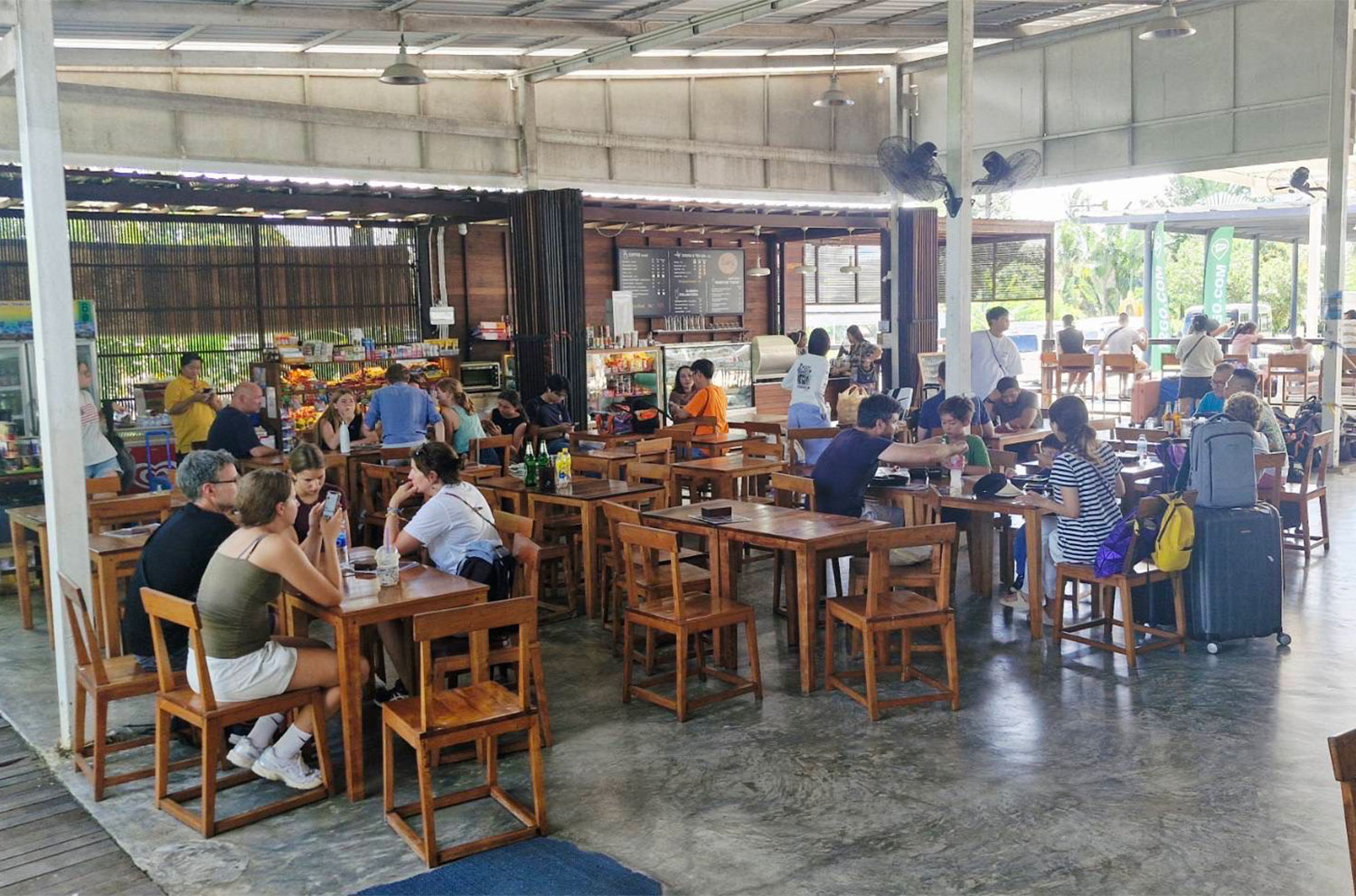Thailand has several immigration forms that are essential for travelers, expats, and landlords to understand. Among the most important are the TM6, TM7, and TM30 forms. These forms serve different purposes, ranging from entering the country to applying for visa extensions and reporting foreign nationals’ locations. Whether you’re planning a trip to Thailand or you’re an expat living in the country, knowing when and how to use these forms is crucial to ensure compliance with Thai immigration laws.
What is the TM6 Form?
The TM6 form is a critical document that every foreign national must fill out when entering Thailand. It is also known as the Arrival/Departure card, and it is typically distributed on flights entering the country.
Purpose of the TM6 Form
The TM6 form helps Thai immigration keep track of who is entering and leaving the country. The form is divided into two sections: arrival and departure. Travelers must complete both sections when entering the country. The arrival card is collected by immigration upon arrival, while the departure card remains in the traveler’s passport and is surrendered when they leave Thailand.
Information Required for TM6 Form
To fill out the TM6 form, you will need the following details:
- Full name
- Nationality
- Passport number
- Flight details
- Address in Thailand
- Duration of stay
- Purpose of visit (e.g., tourism, business, etc.)
What is the TM7 Form?
The TM7 form is used when a foreign national wants to apply for a visa extension in Thailand. Whether you’re a tourist who needs more time to explore or a long-term resident who needs to renew your visa, the TM7 form is essential for extending your stay legally.
When to Use the TM7 Form
You must complete the TM7 form if:
- You are a tourist seeking an extension to your tourist visa (e.g., 30-day extension).
- You hold a non-immigrant visa and need an extension to stay in Thailand longer.
- You want to extend your retirement visa, marriage visa, or business visa.
Requirements for TM7 Visa Extension
To submit the TM7 form, you will need the following:
- A completed TM7 form (available at immigration offices or online).
- Passport-sized photos (usually 4cm x 6cm).
- Your passport with valid visa stamps.
- Proof of financial support, depending on the type of visa.
- The extension fee (usually around 1,900 THB).
What is the TM30 Form?
The TM30 form is a requirement for landlords or property owners to notify Thai immigration of the presence of a foreigner staying at their property. This form applies to hotels, guesthouses, and even private landlords who rent properties to foreign nationals.
Purpose of the TM30 Form
The TM30 form ensures that Thai immigration knows where foreign nationals are residing during their stay. This is part of the country’s effort to enhance security and monitor the movement of non-Thai residents. If a foreign national moves to a new address or stays at a different place, the property owner must file a new TM30 report.
Who is Responsible for Filing the TM30 Form?
- Landlords or property owners: If you rent out your property to foreigners, you are responsible for filing the TM30 form.
- Hotels and guesthouses: If you’re staying in a hotel, the management typically takes care of the TM30 filing on your behalf.
- Tenants: If your landlord fails to file the TM30, it could cause issues for you, particularly when applying for a visa extension (TM7).
Penalties for Non-Compliance
Failure to file the TM30 form can lead to fines for landlords and issues for the foreign tenant, especially if they are seeking visa extensions or re-entry permits. The fines can range from 1,600 THB to 2,000 THB, depending on the duration of non-compliance.
How to File TM6, TM7, and TM30 Forms in Thailand
Filing each of these forms requires careful attention to detail and a clear understanding of the process. Here’s a quick overview of how to file each form.
How to File TM6 Form
- Where to Get It: Airlines distribute the TM6 form on flights, or it can be collected at the immigration desk.
- How to File: Complete the form before passing through immigration and submit the arrival section at passport control. Keep the departure card for when you leave Thailand.
How to File TM7 Form (Visa Extension)
- Where to Get It: The TM7 form can be downloaded from the Thai immigration website or collected at an immigration office.
- How to File: Submit the completed form along with the necessary documents (passport, photos, proof of financials) at the nearest immigration office. Pay the extension fee and wait for approval.
How to File TM30 Form (Landlord Notification)
- Where to Get It: The TM30 form is available at Thai immigration offices or can be downloaded online.
- How to File: Landlords can file the TM30 form in person at the local immigration office, by mail, or online through the immigration e-service platform. The report must be filed within 24 hours of the foreign national’s arrival.
Importance of TM6, TM7, and TM30 Forms for Expats and Travelers
Understanding and properly submitting the TM6, TM7, and TM30 forms is crucial for avoiding legal issues and ensuring a smooth experience in Thailand. These forms are an essential part of Thai immigration policy, helping the government track foreign visitors and residents, ensure security, and regulate the entry and exit of non-Thai nationals.
Avoiding Immigration Issues
Properly submitting these forms will help you avoid fines, visa problems, and unnecessary delays when extending your stay in Thailand. Compliance with TM6, TM7, and TM30 is particularly important for long-term visitors and expats.
Streamlining the Process
To make the process more efficient, you can:
- Prepare in advance: Ensure you have all required documents before submitting the TM7 or TM30 forms.
- Utilize online services: Where possible, use online platforms to file the TM30 form or download forms ahead of time to avoid long waits at immigration offices.
Conclusion: Key Takeaways About Thailand’s TM6, TM7, and TM30 Forms
Navigating Thailand’s immigration system requires understanding and correctly using the TM6, TM7, and TM30 forms. Whether you are entering the country, extending your visa, or reporting a foreigner’s residency, these forms are an integral part of staying legally compliant in Thailand.
- The TM6 form is your arrival and departure card.
- The TM7 form is essential for visa extensions.
- The TM30 form is a reporting requirement for landlords and property owners.
By familiarizing yourself with these forms, you can ensure a hassle-free experience during your time in Thailand.
